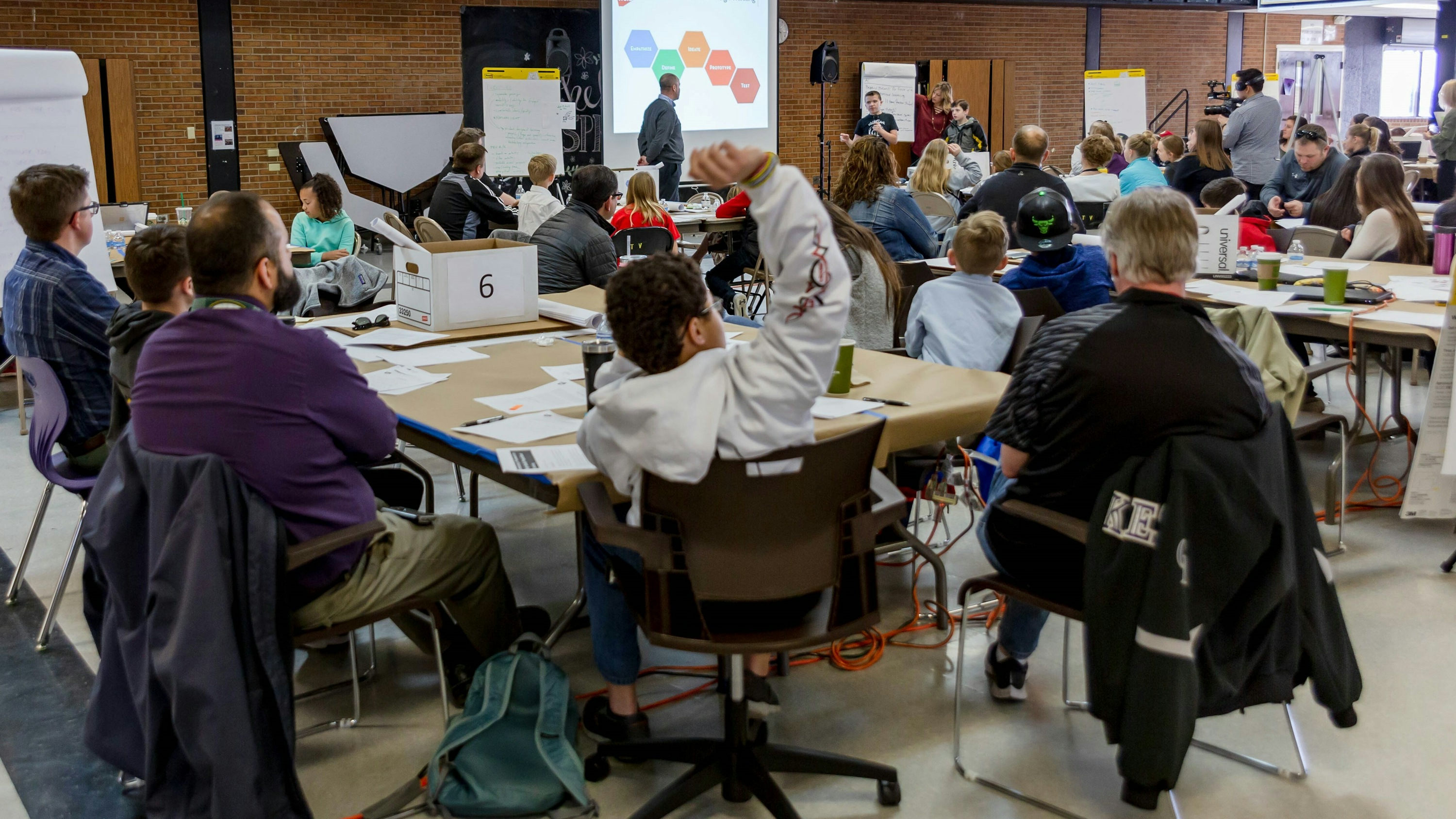
As awareness of diversity and inclusion has grown in communities, there is a growing demand for ensuring that inclusive design meetings are considerate of all members. More specifically, when making decisions in the planning process of a design, it is vital to hear from all voices to understand all holistic needs. In the following, we highlight the benefits, challenges and considerations for facilitating a diverse planning process. Additionally, we examine a case study from a school district where our team facilitated community meetings. We hope to serve as a resource to answer any communities’ questions about effectively facilitating meetings with a diverse population.
When an organization can facilitate a meeting that adequately serves and addresses all stakeholders, it opens up more opportunities for feedback, consensus and helps build broad-based ownership. One benefit of facilitating meetings and input-gathering sessions that are truly inclusive is the building of engagement and comfort amongst stakeholders. When members of a culturally diverse population feel equally heard and represented, they are more likely to participate and actively communicate their needs within the design process. Creating a truly inclusive input-gathering process requires real work and intention, followed through with action and honest conversations. Below are a few main challenges we recognize when facilitating meetings featuring a range of human diversity.
Although hosting planning meetings that seek to engage an inclusive audience representative of the whole community is significantly important, there are logistical considerations which must be thoughtfully addressed in developing the process. Balancing the needs of all diverse residents while ensuring all groups can come together to collaborate effectively requires an enhanced level of preparedness and detail from leaders. Additionally, it is vital to create an accessible environment that engages all cultures to ensure high meeting participation. For some less represented groups, discussions led by a majority can create a fearful environment where engagement is challenging. Although they're several challenges that occur during this process, we believe it is vital to provide opportunities for all stakeholders to be heard. To assist in amplifying all voices, we provide several considerations below for enhancing the facilitation of an adaptive community meeting.
To effectively facilitate the planning process with a wide range of people, leaders need to communicate effectively to all individuals. Not only that, but facilitators must also understand every represented culture to ensure they can provide a welcoming environment. To accomplish this, we believe there are several considerations that must be examined when facilitating adaptive meetings. Below are a few of our considerations:
Understand Your Audience
Before leading any meetings, it is essential to undergo prior research to understand your communities' demographics. Be sure to understand who they are and what their potential needs may be. Take time to recognize cultural differences and how your meeting can be adjusted to adhere to those differences in a culturally sensible manner. Completing this first consideration ensures you have the proper data in mind for collaboration. You will have an enhanced sense of who your community encompasses and where the challenges may be in terms of engagement during the planning process.
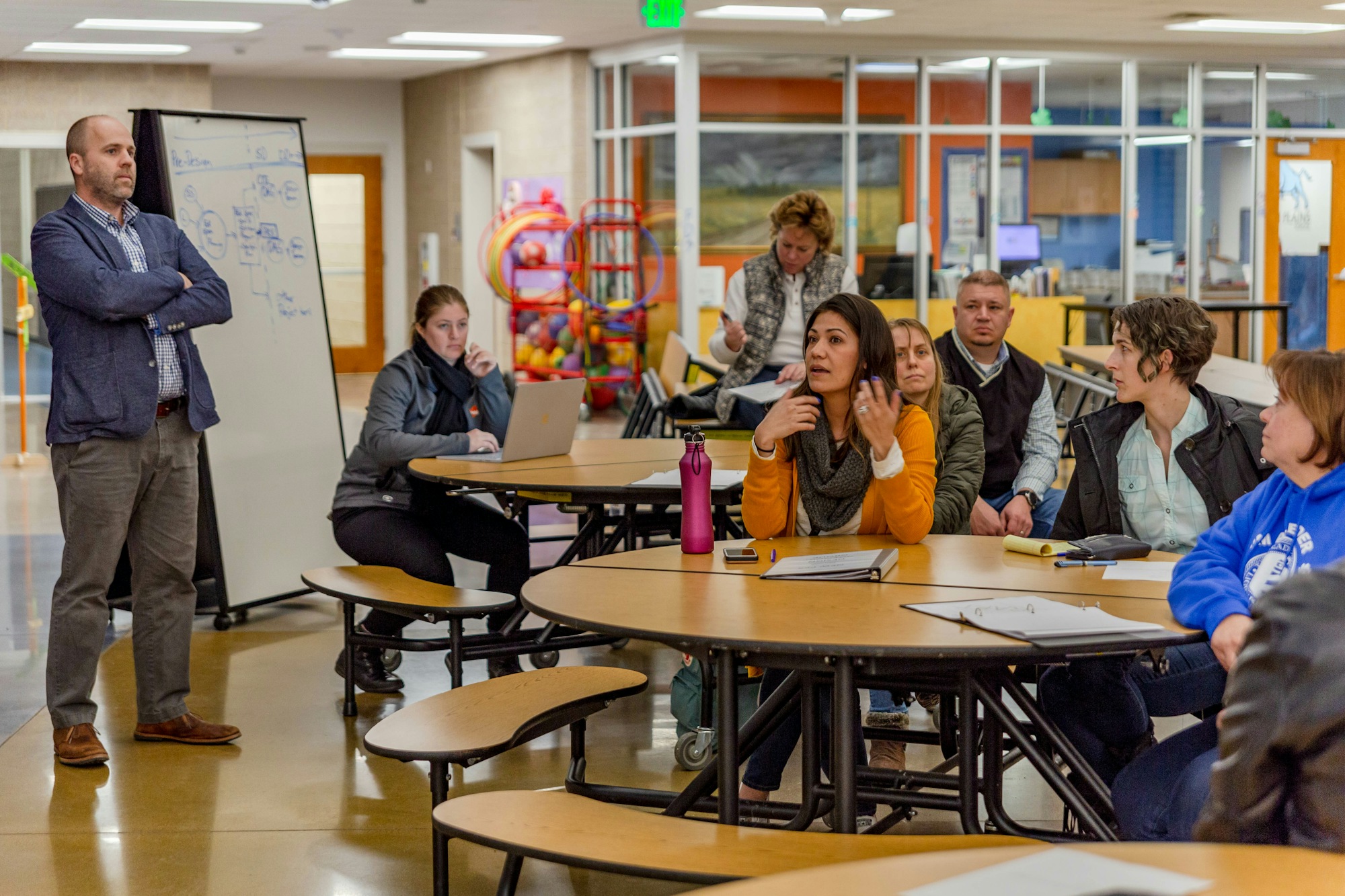
Bring a Translator
If you are hosting a meeting that will include an audience of two or more languages, it is vital to have translators present. While this accomplishes the primary benefit of communicating to everyone, it also helps to encourage more engagement and conversation amongst stakeholders. To make sure the meeting is efficient, ensure your translators are prepped with information that will be discussed. If you have more than one meeting facilitator, consider breaking out into smaller groups depending upon language preference to create a more interactive setting.
Provide Multilingual Materials
A consideration that may be overlooked is the necessity of ensuring all stakeholders can interpret messaging when promoting and facilitating meetings. Items such as advertisements, signage, presentation slides must include the languages representing your community. Not only does this increase engagement for stakeholders of diverse backgrounds, but it also amplifies the message that your organization cares about hearing from all members. Additionally, consider utilizing notecards during Q&A sessions to allow all respondents to write questions instead of speaking aloud. This anonymous asset helps eliminate fears members may have towards public speaking in diverse environments
Host an Event
To encourage staff, parents, students and various other stakeholders to participate, facilitators need to host meetings that stakeholders want to attend. For many cultures, attending a meeting must include moments of connection through community interaction, engaging activities, as well as discussing items within the meeting’s agenda. To establish vast participation in the planning process, we encourage hosting meetings in the form of events, such as grill-outs or picnics. While this encourages more stakeholders to attend, it also provides unique opportunities to network and truly understand the community’s dynamics.
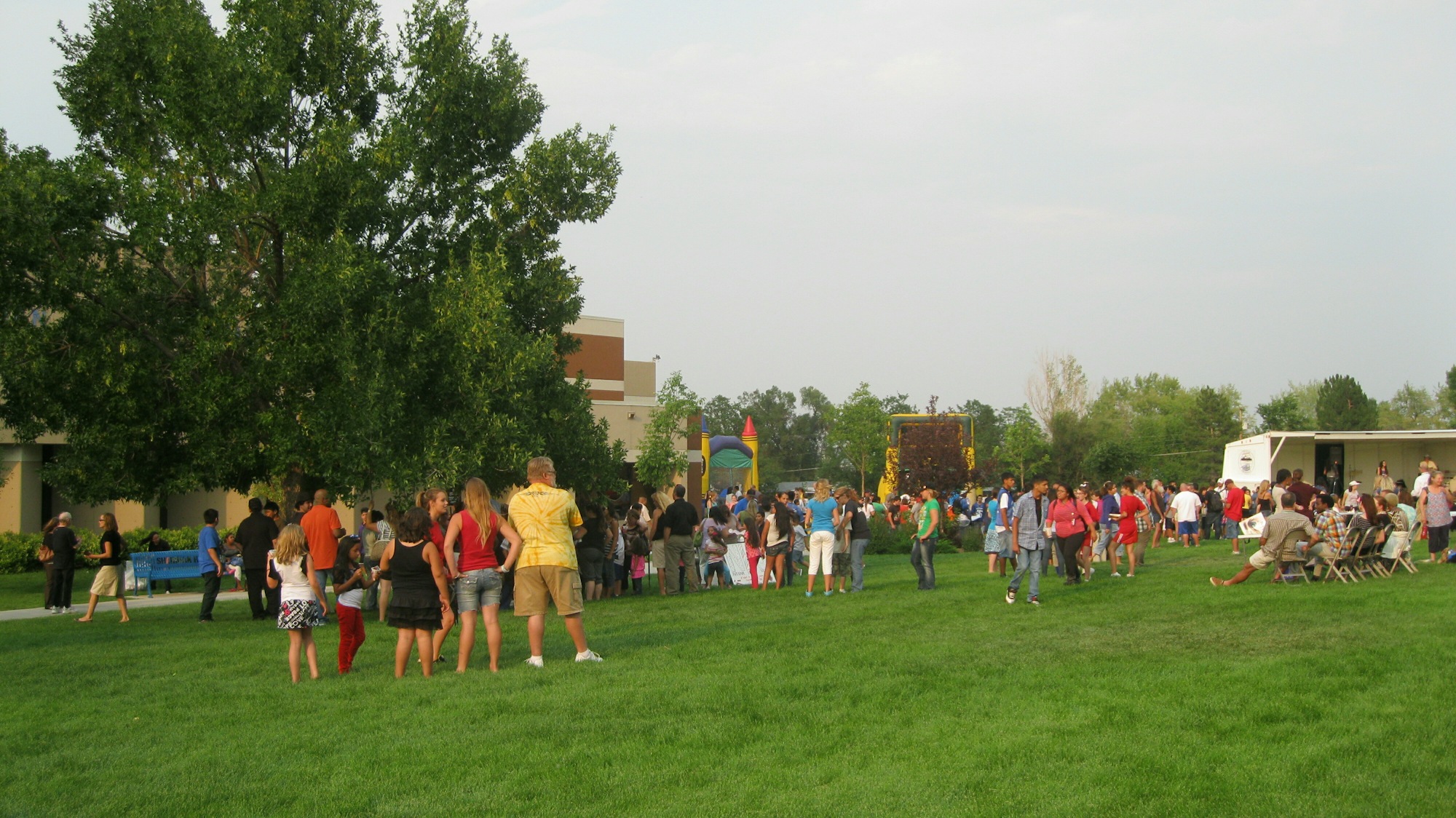
In 2013, the South Conejos School District and the Colorado Department of Education (CDE), supported funding for a new PreK-12 school facility to replace the district's aging and inadequate school buildings. The Design Advisory Group (DAG) was composed of students, community and staff members who came together with Wold to develop a school facility that allows all of the district's students to learn and grow under one roof with age appropriate separation. The school has three distinct areas: a central zone with community functions, an elementary grades PreK-5 area and a middle/high school grades 6-12. Multi-use learning opportunities are created through the building's form and floor plan, including flexible learning areas in each classroom.
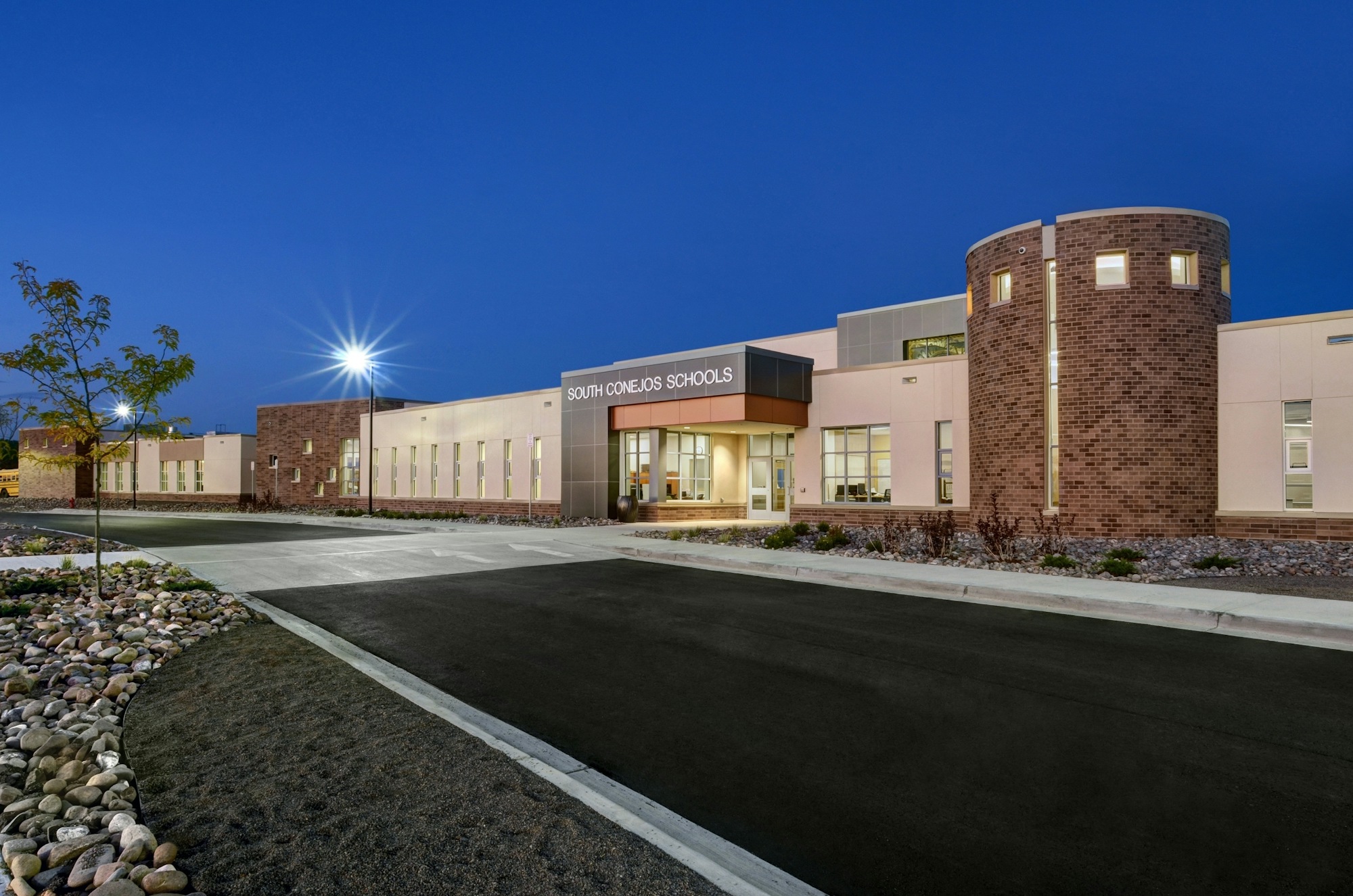
To accomplish inclusive meetings with the community's diverse population, our team at Wold created a welcoming environment through various methods. In these meetings, community members of all backgrounds provided feedback and opinions on various design points. Wold team members who spoke English and Spanish facilitated the meetings to ensure all members could be involved. Additionally, Wold team members divided planning sessions into small groups to ensure all voices could participate, whether they preferred to speak in small or large group settings. "The feedback we've received from facilitating meetings with enhanced inclusivity revolves around the core value that community members feel valued and appreciated," says Manuel Ocon, a designer at Wold. By creating an avenue for all stakeholders to share input, the community was able to build consensus on projects more efficiently.
The people who could benefit from these solutions came together to create a design toolkit that reflects the community's vision. This vision included providing a full range of educational opportunities to students of all ages, celebrating their history and providing a center for connecting the young and old. The building has three distinct areas: a central zone where the cafeteria/auxiliary gym also serves as the "Town Plaza" for large community gatherings and two separate academic wings to meet the specialized needs of primary and secondary students. There is a full range of flexible-use and technology-enabled learning environments, along with age-oriented outdoor courtyards that incorporate physical activity and a connection to the outdoors. With its cylindrical "kiva," the media center’s design focuses as the heart of the school, serving as a hub for meetings and study.
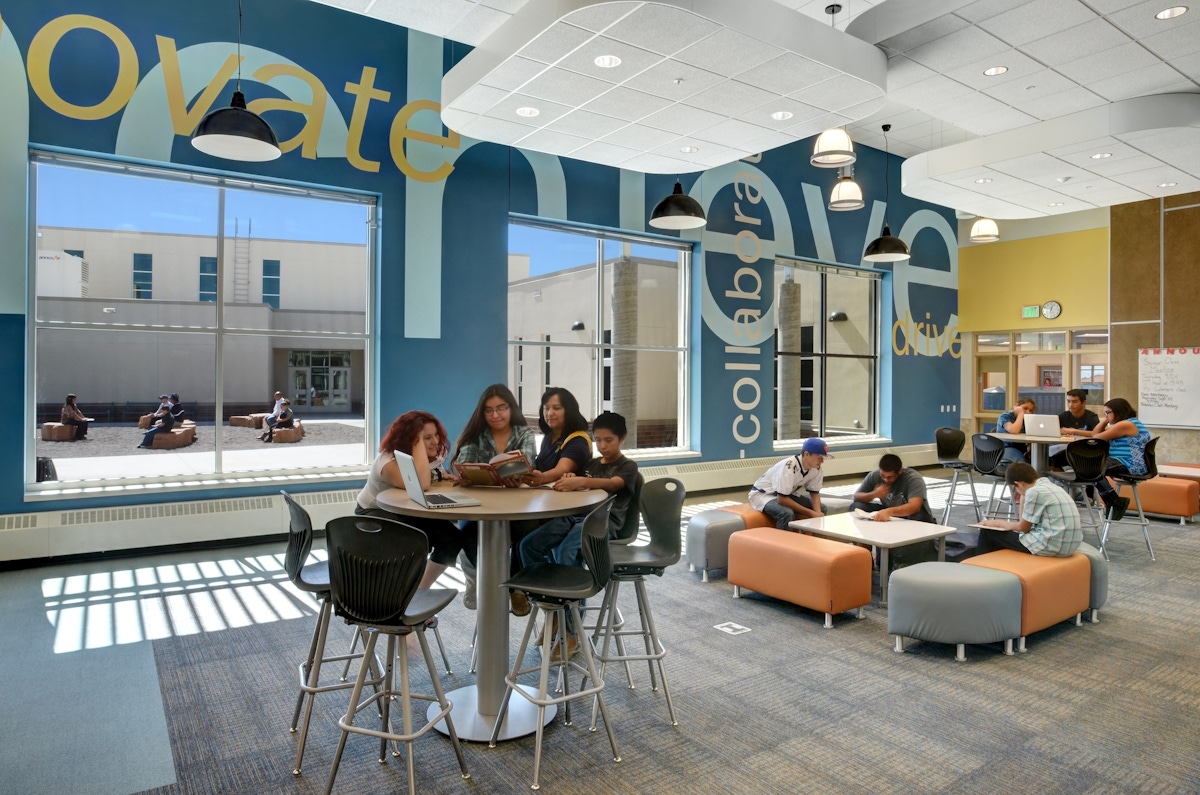
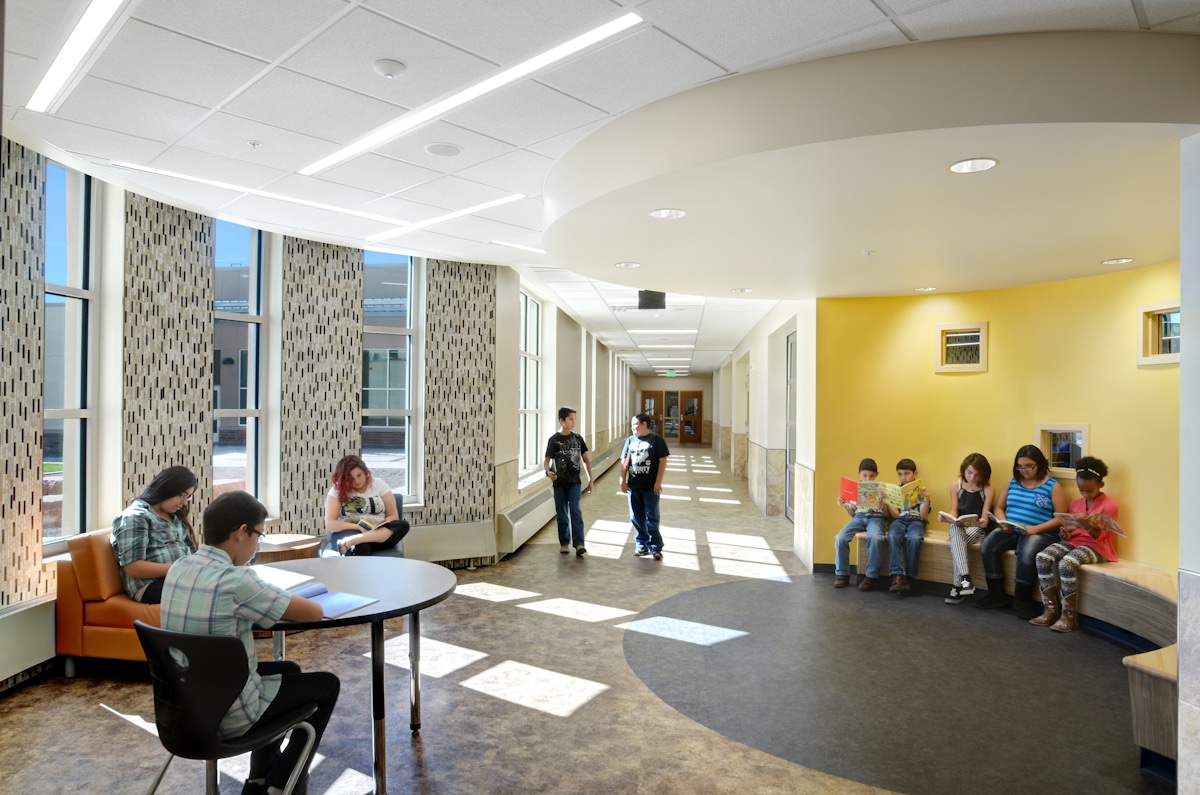
Planning meetings with a collective understanding of needs amongst stakeholders help ensure that developed solutions are culturally responsive to a community's residents. Our team has the full-range expertise to help facilitate conversations in communities of diverse backgrounds. To learn more about how we can assist in the future in facilitating inclusive design discussions in your community, do not hesitate to reach out to our team at Wold Architects and Engineers (call 1-888-254-6789 or email info@woldae.com).